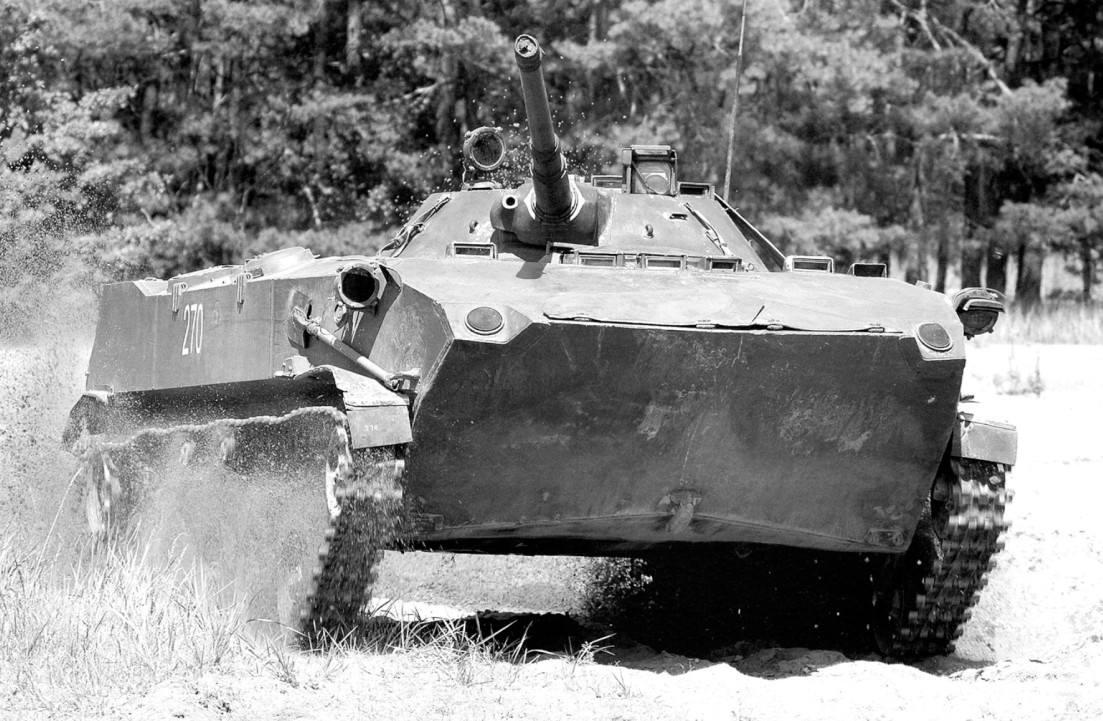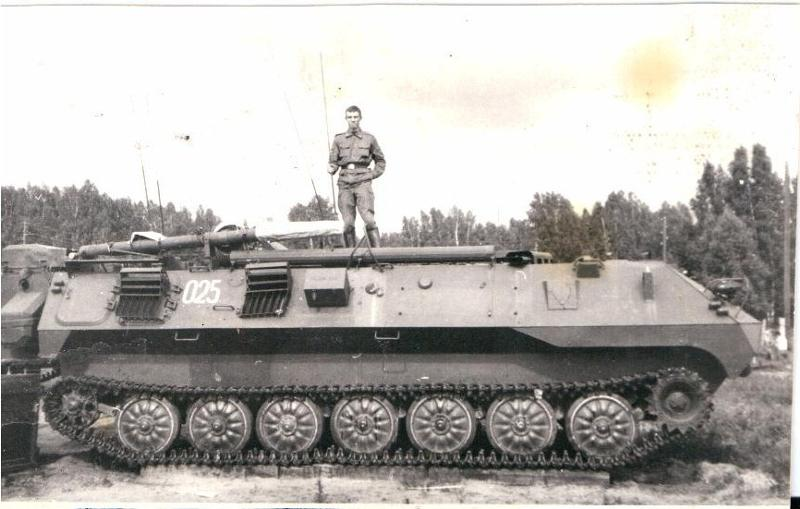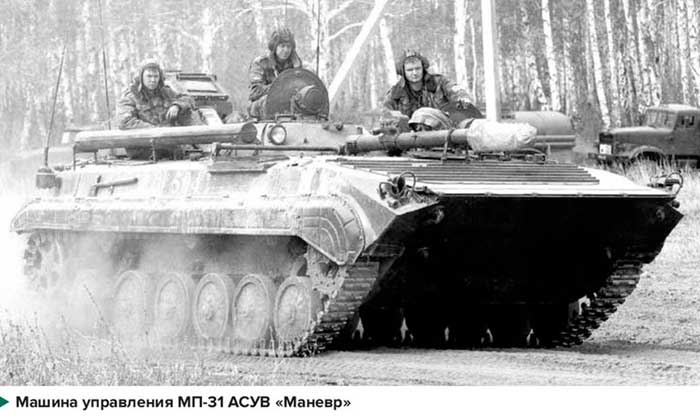Organized underneath the control of the Front Chief of Engineers, these units are an integral facet of the Soviet combat support system. Interestingly, akin to artillery, these units are by no means static in their formation, and will disintegrate and regroup as the mission requires.
In offensive operations engineers are tasked with clearing and denoting terrain which will allow the main body to move and deploy in a concealed and effective manner, and maintaining the momentum of these units through the removal of natural obstacles. These aims are accomplished through the use of an engineer reconnaissance network, which works to observe and locate the most efficient route of advance, taking into account pathes the enemy may not expect or prepare to defend as heavily as a more conventional axis. Engineer reconnaissance patrols are often integrated into groupings with other reconnaissance elements subordinate to the army or front. These units will survey routes which are predetermined by operational staff, confirming the efficacy of employing such an axis in the advance. They will form complex reports on the natural obstacles present, including details such as the depth and ease of crossing rivers present along the chosen route. These efforts are strikingly similar to the attention to detail applied in the mapping of Western civilian infrastructure and terrain features, which the USSR went to great lengths to engage.

Engineers are also tasked with the construction of command observation posts (discussed in earlier threads), gun positions, bridges, and trench systems, as well as any other important actions in preparation for the operation to unfold. Engineers will also work to prepare alternative road access for armored systems as well as airfields for front line aviation. Engineers also play a vital role in establishing mock positions, and installations, which work to deceive the enemy, unlike previously discussed actions, which are engaged at night, erecting decoys takes place throughout the day.

Engineering units are often quite large, seeing as divisions tend to take two routes of advance at any given time, though the more important axis will always receive a larger allocation of engineers for route clearing. Generally speaking a company is expected to be capable of clearing and preparing up to 100 kilometers in favorable weather. In regards to equipment, a typical platoon of engineers would receive an attached motor rifle platoon, a chemical reconnaissance vehicle, often a BRDM derivative, an engineer platoon, equipped with mine detecting equipment and demolition explosives, as well as a tank affixed with a dozer blade, 2 bulldozers, a tracked crane, 2 tank launched bridges and two truck launched bridges.

The attached motor rifle platoon is quite important seeing as these units move well ahead of the main body, and therefore require adequate escort, the platoon may see use in manual labor if such a need arises. 

Mine clearing is an exceedingly important task, as failure to do so not only puts the main body at risk but could lead to significant delays. Mine clearing is often engaged by tanks fitted with equipment to engage such a task, this comes in the form of attached systems such as the KMT series. Engineers will assist in these efforts with Bangalore Torpedos. Due to the vulnerability of units as such actions transpire (often at a crawl of 6 kilometers per hour), artillery and smoke is employed in excess, in an offensive operation where haste is of great importance, it is not uncommon to blow through the minefield with systems like UR-77.
Soviet estimations (as defined by studies conducted in the late 60s) expect to encounter minor water obstacles every 20 kilometers, medium obstacles (often 100 or so meters wide) every 60 kilometers, and larger obstacles (as wide as 300 meters) every 150 kilometers, water obstacles larger than 300 meters in width would be expected every 300 kilometers. This would in turn mean one major crossing each day, and many minor crossings, this is problematic, as delays are seen as the first deciding factor in the death of an operation, therefore, river crossing has become one of the most important facets in the eyes of the Soviet military.

River Crossings are broken into 2 distinct categories, those being an unopposed crossing, which denotes a situation in which the water obstacle is without defense, and opposed crossings, which are rivers with an established defense, these tend to be tackled by motor rifle units and forward engineers. Though regardless of the type of crossing, forward detachments equipped with BMPs are preferred, these units will often see reinforcement from a tank company. If the river is heavily defended, the application of airborne forces is not uncommon, these are often taken from the attached air assault unit native to the division.

In regards to equipment available to engineers engaging these tasks, the MT-55 can provide crossing capabilities for obstacles 20 meters in width, which is favorable seeing as an estimated 60% of rivers along the Soviet central front fall into this range, but a division must be capable of crossing rivers up to 100 meters in width independently, this task is accomplished by the Army Assault Crossing Battalion.

Due to the emphasis on overcoming water obstacles, the Soviet Military has paid great attention to the application of bridge laying systems, operating far more and with greater integration when compared to NATO, this capability is only increased by amphibious ability and deep wading afforded to almost every armored vehicle. The crossing of a river is to be done in expedient fashion, forward detachments aiming for an hour maximum in ideal circumstances, entire divisions being capable of crossing in a minimum of 5 hours, and the army in 12. Crossing is conducted at crossing points, which are broken into 4 distinct assault crossing locations, 4 crossings for heavy equipment and 3 (sometimes 4) deep wading points, accompanied by often times 2 pontoon bridges.

To establish such points for crossing, engineers must construct them at least 2 hours prior to the arrival of units which require such elements to make a successful crossing. Only if the river is defended by an established force will engineers move with the main body of forces. Engineer reconnaissance becomes increasingly important in these situations where understanding the composition and concentration of defenses is imperative to the missions success. During this time engineer commanders feed information to the army and divisional commanders as to where an advantageous crossing point may be actualized. If the river is large enough these units will be accompanied by a maximum of 2 construction regiments which will assist in establishing points of crossing.
Anyways the thread concludes here, thank you for reading!
• • •
Missing some Tweet in this thread? You can try to
force a refresh






















